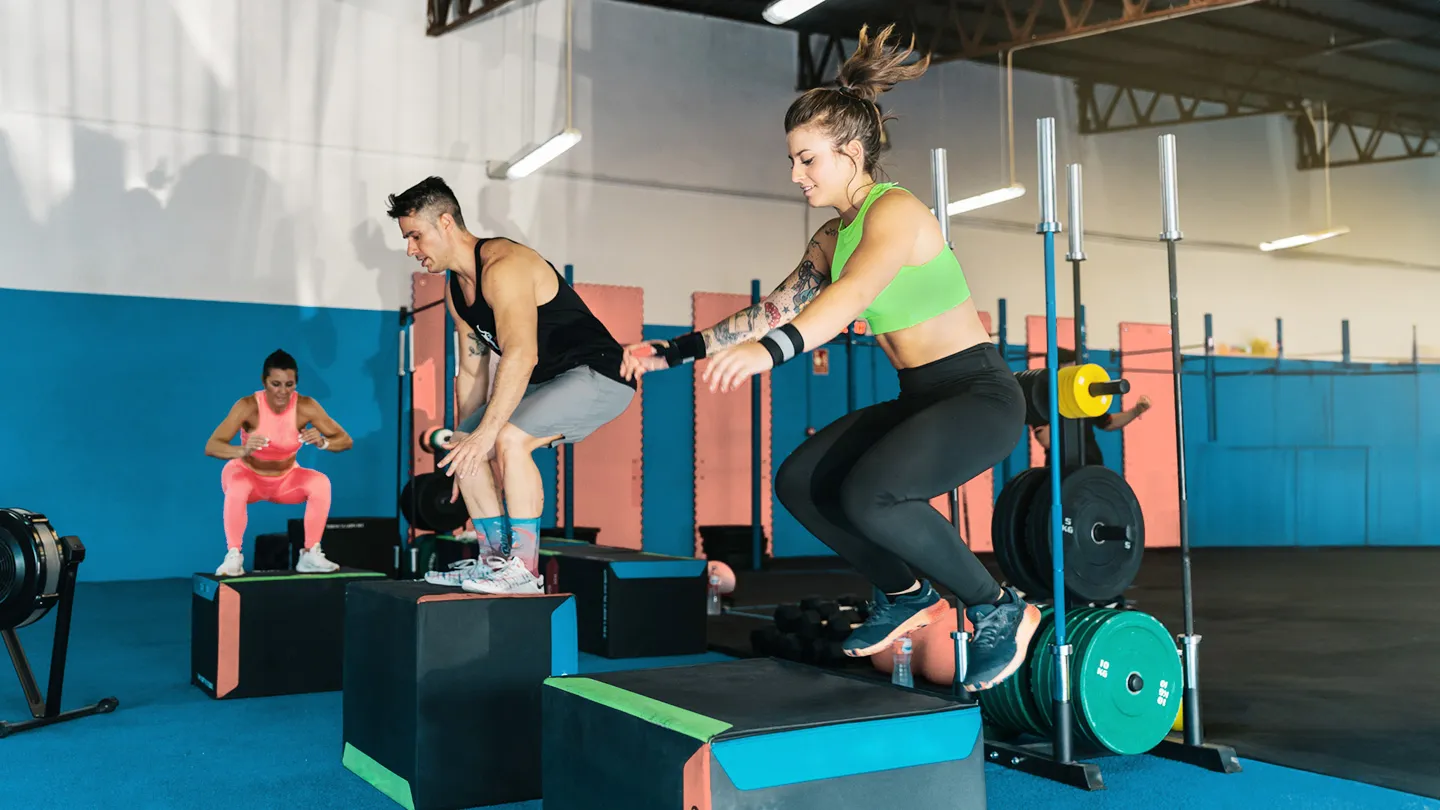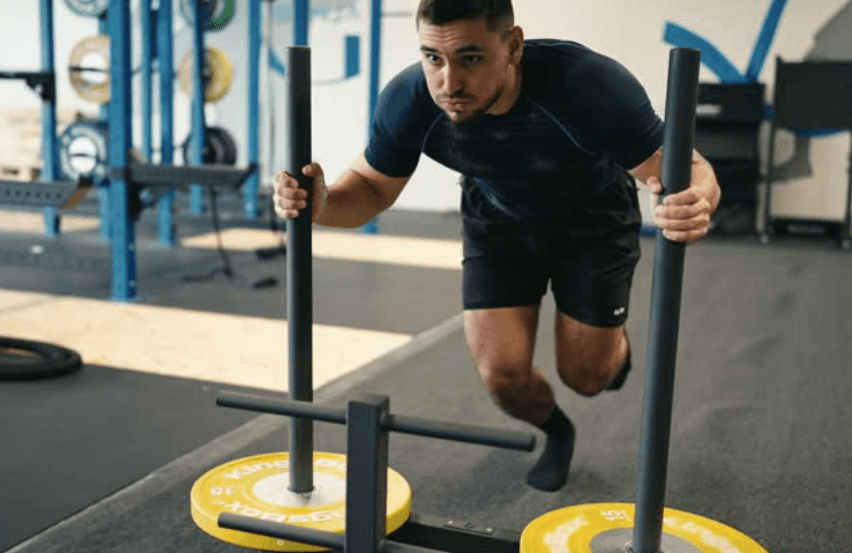In elite sport and fitness circles, two training methods are getting louder attention: eccentric training (emphasizing the “lowering” phase of movements) and plyometrics (explosive stretch-shortening cycle work). Eccentric training isn’t just about strength—it also helps with deceleration, control, movement speed, tendon resilience, and injury prevention. Meanwhile, plyometrics builds power, agility, and explosiveness—think vertical leaps, sprint starts, change-of-direction speed. When these are properly integrated—with attention to athlete level, sport demands, and recovery—they elevate performance in measurable ways.
Periodization provides the structure to make that integration effective. It divides training into macrocycles, mesocycles, and microcycles, each with different goals—building base strength, then power, then refinement or tapering for competition. Coaches and athletes using periodized models see better adaptation, less overtraining, and higher consistency of performance. For example, alternating “high-intensity plyometric + eccentric” phases with lower intensity recovery and skill work allows the body to adapt without excessive fatigue or injury risk.
To apply this in practice: begin with foundational strength work and proper technique for both eccentric control (think slow lowering, decelerations, landings) and basic plyometrics (box jumps, bounds). Gradually progress volume and intensity—start with moderate loads or lower boxes, move toward higher jumps or faster eccentrics as strength improves. Monitor recovery closely (muscle soreness, joint response, movement quality). With consistent cycles guided by periodization, athletes can develop more power, speed, and resilience, while minimizing injury.






